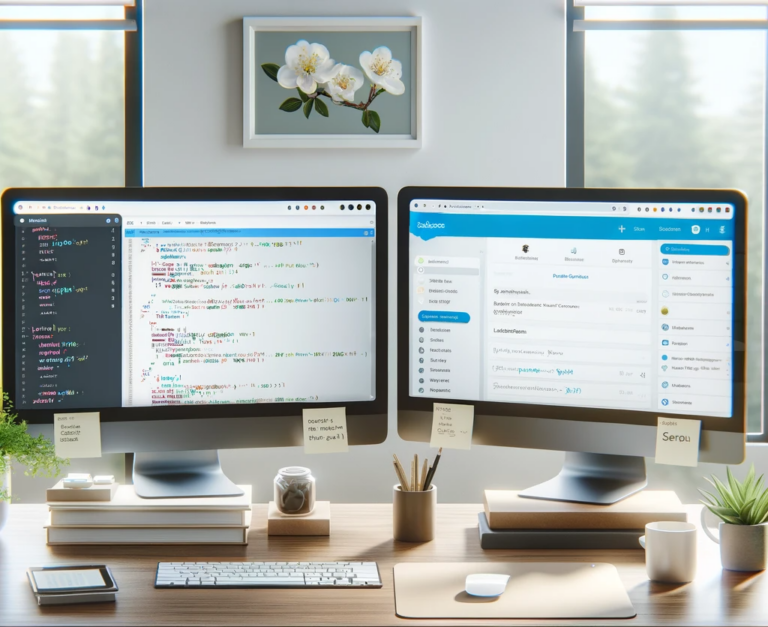
Enhancing Salesforce Records with LWC
Unlock the potential of Salesforce by mastering the integration LWC Task integration. LWCs are a powerful tool for developers to build dynamic and custom interfaces within Salesforce. These modern UI components are designed to be highly performant and offer a reactive experience. This means that they can adapt in real-time to changes in the current record’s data. LWCs empower developers to create features that respond immediately to user interactions thus streamlining workflows and user performance.
Integrating data from the currently viewed Record into Lightning Web Components (LWC) is critical towards creating highly functional and user-centric applications. This blog post explores the journey of creating an LWC that displays data related to the current Task record. It also pulls in additional information from an external system to streamline user processes.
The Power of $recordId in LWC
LWCs properties include $recordId which fetches the ID of the current record when an LWC is nested within a record page. It’s typically used in tandem with the @wire service to retrieve data seamlessly from Salesforce’s UI API.
Overcoming the Task Object Challenge
Despite the robust capabilities of LWC, we encountered a roadblock when dealing with the Task object. The Task object, an essential element within Salesforce for tracking activities, is not supported by Salesforce’s UI API. This meant that our standard approach for processing data using $recordId was ineffective, leading us to explore other solutions.
Our Use Case: A Custom Solution with Apex
Our use case required an LWC that could read and interact with the Task record’s data. We needed the LWC to use the current record’s data to retrieve and display data from an external system. To navigate around the constraints, we turned to Apex to fetch the record ID and associated data from the Task object.
We crafted a custom Apex class with a method decorated with @AuraEnabled(cacheable=true), ensuring it could be invoked directly from our LWC. The method performed a SOQL query, securely retrieving the desired Task record and its associated fields, like so:
public with sharing class TaskRecordIdController {
@AuraEnabled(cacheable=true)
public static Task getTaskRecord(String recordId) {
// SOQL to fetch the Task record
return [SELECT Id, Custom_Field__c FROM Task WHERE Id = :recordId LIMIT 1];
}
}Subsequently, in our LWC, we utilized a @wire decorator to call upon this Apex method and handle the data accordingly:
import { LightningElement, api, wire } from 'lwc';
import getTaskRecord from '@salesforce/apex/TaskRecordIdController.getTaskRecord';
export default class EnhancedTaskLWC extends LightningElement {
@api recordId;
@wire(getTaskRecord, { recordId: '$recordId' })
wiredTaskResponse({ error, data }) {
if (data) {
// Process and display the data within the LWC
} else if (error) {
// Error handling logic
}
}
}In summary, while LWCs typically leverage the $recordId for seamless data integration within Salesforce, our unique scenario with the Task object necessitated a custom approach. To accomplish this, we used an Apex class to retrieve the Record Id and pass it into the LWC. This experience underscores the adaptability and power of LWCs. It demonstrates how they can be combined with Apex to overcome platform-specific limitations and enhance page functionality.
